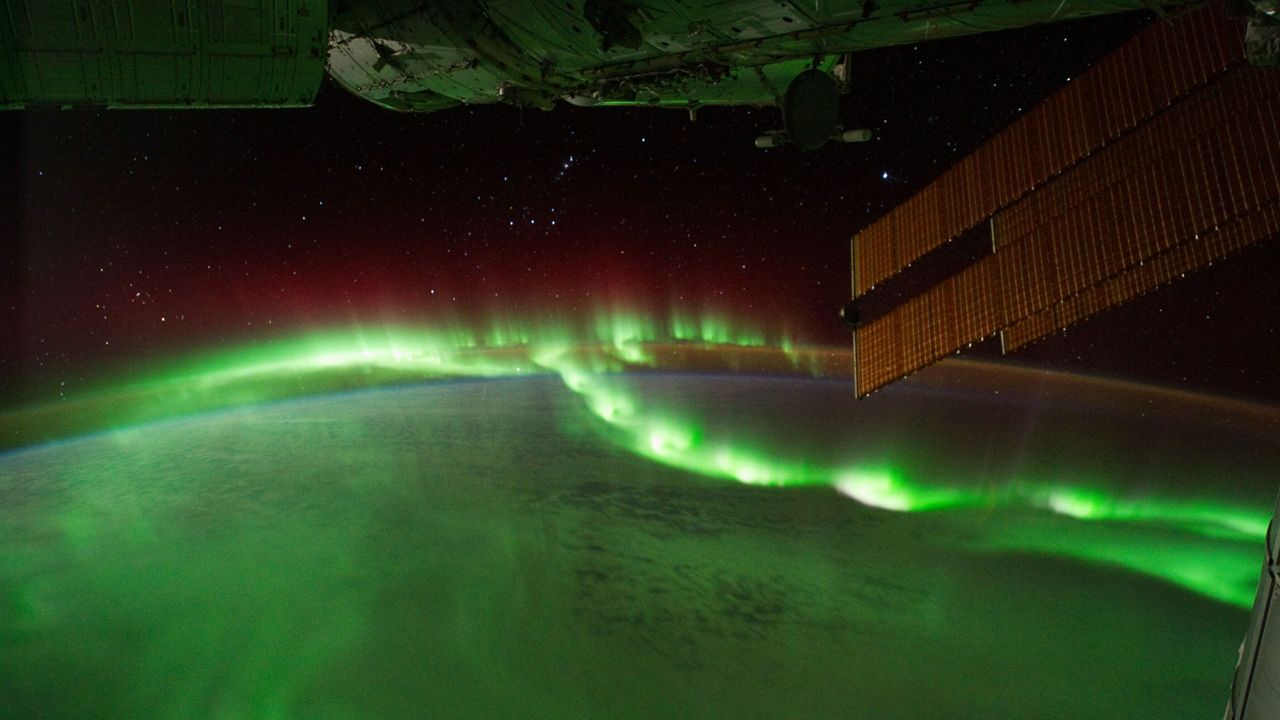If you were lucky, you might have been able to see a rare event last night across parts of New York.
We could see the Aurora Borealis, also known as the northern lights, in the northern sky. Many couldn't because of cloud cover, but areas in eastern New York and along the Lake Ontario shore could see the show.
Northern lights occur when charged particles eject from the surface of the Sun, make their way to our atmosphere, and interact with Earth’s atmospheric particles.
The reason we can see them in the northern sky and the reason there's a better chance to see them the further north you're located is because of our Earth’s magnetic shield.
The center of the Earth is made of molten metals, which, when spinning, creates a magnetic shield. This shield deflects most of the particles from the Sun. However, at the North and South Pole, where the magnetic shield is at its weakest, some particles pass through.
These solar particle ejections are also known as geomagnetic storms and are graded on a 1 to 5 scale. Last night's event was one of the strongest in recent history and was rated a G4.
That is why some images coming from across the state are so vigorous and beautiful in color. Usually when the rare northern lights appear in New York, it’s just a hint of color on the horizon.
Last night’s event, because of the strength of the storm, was vivid and rare.
These storms are usually seen a day or two in advance, but sometimes can happen on short notice, like last night's event.
I’ve only had a couple of opportunities in my life to see the northern lights, and it truly is unworldly. To see the sky glowing and shimmering with soft green and red lights is a sight to behold. Hopefully, you had the chance to see for yourself.
Our team of meteorologists dives deep into the science of weather and breaks down timely weather data and information. To view more weather and climate stories, check out our weather blogs section.



